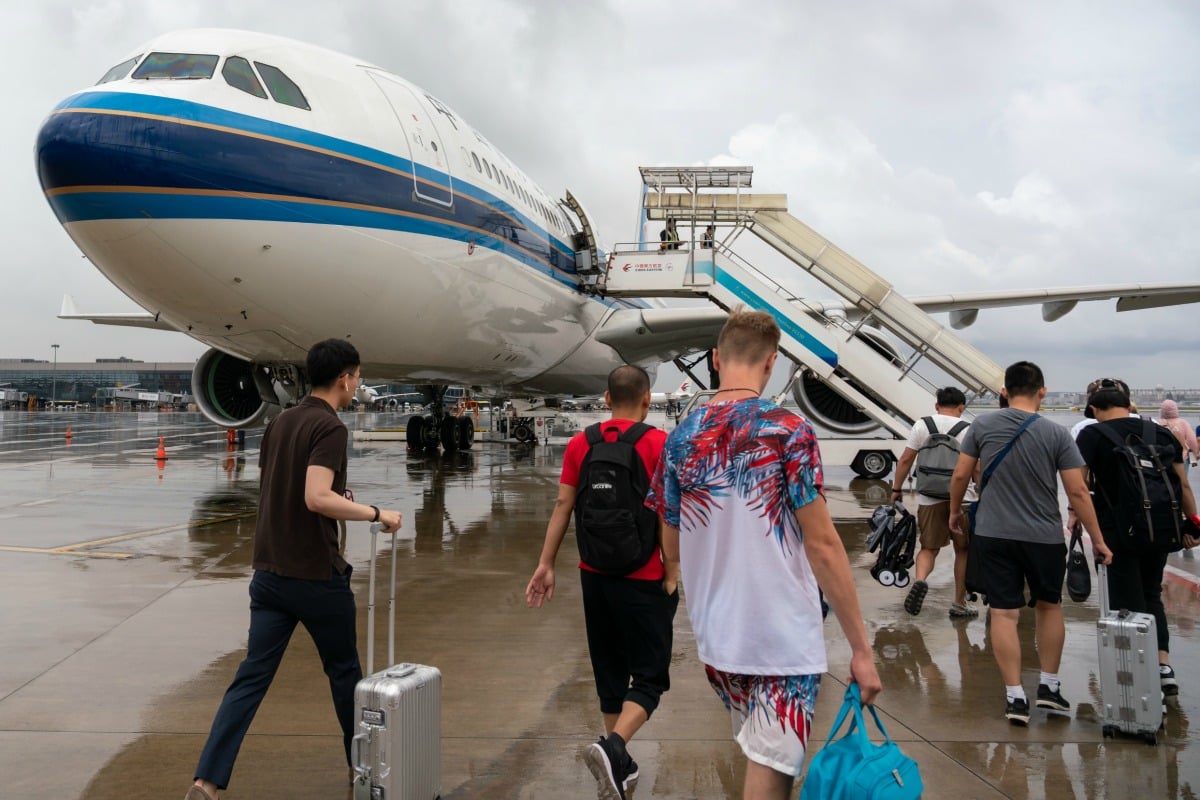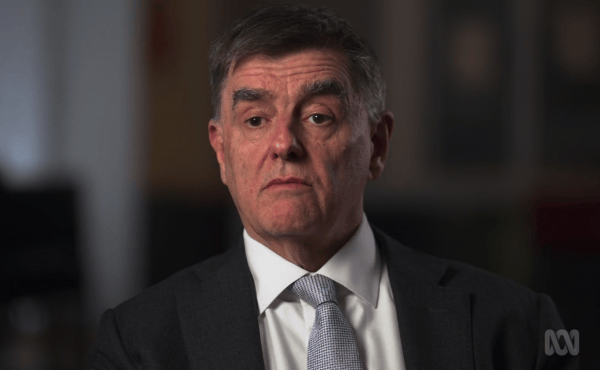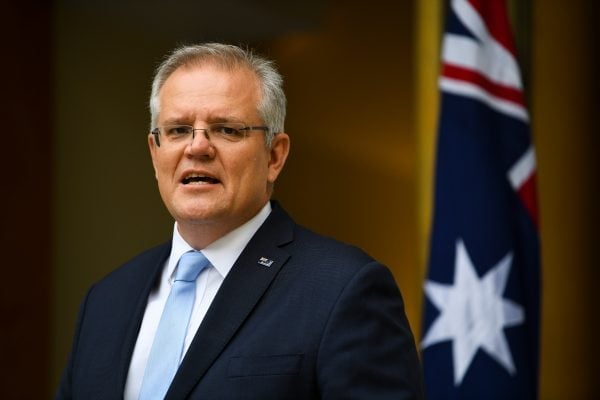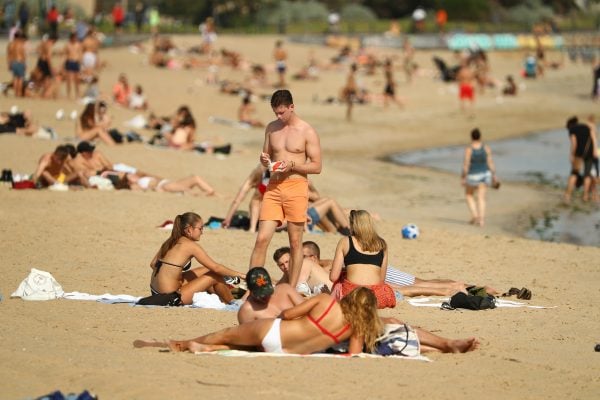
China Southern Airlines Flight 321 touched down in Melbourne from Guangzhou on January 19.
On board was a 58-year-old man from Wuhan, who five days after arriving in Australia presented to a local GP with a fever, cough and shortness of breath.
He had COVID-19 and was the first known case of the deadly and highly transmissible disease in our country.
WATCH: The preview for Four Corners last night. Post continues after video.
Despite being well prepared – calling ahead to the Monash Medical Centre and wearing a mask on arrival (he was well aware of the disease’s prevalence in his home country) – he’d already been in the Melbourne community for a week.
The same day the man was confirmed as being COVID-19 positive, three more people were diagnosed in Sydney.
They’d all flown in from Wuhan.
Two days later, a 21-year-old from Wuhan – studying at the University of New South Wales – tested positive.
Then, a man and a woman from a Wuhan tour group who had flown into the Gold Coast were confirmed as positive.
COVID-19 started on our shores with these seven people, and now it’s infected more than 4000, killing 19.




Top Comments
The experts are saying one thing but Australians are still not getting it.
Why am I still seeing tradespeople in my area turning up to give quotes or do trades work? Why were the young Coles employees standing around chatting last night at the supermarket and leaving baskets, eftpos keypads and self-serve screens un-wiped, as customer after customer was coming through? Why are parents I know telling me that their young people are "too bored" staying at home and are still going to parties? Why are some friends' employers still insisting their staff 'come in' when their work for the most part, can be done from home?
Like Americans, who are struggling with their precious freedoms being taken away, Australians struggle to take anything seriously. Our laid-back attitude could make us the next Italy, at the expense of lives and the lives of health care workers.
A lone tradie giving a quote as long as social distancing is maintained is no more a threat than the horde of shoppers hustling around the local supermarkets.